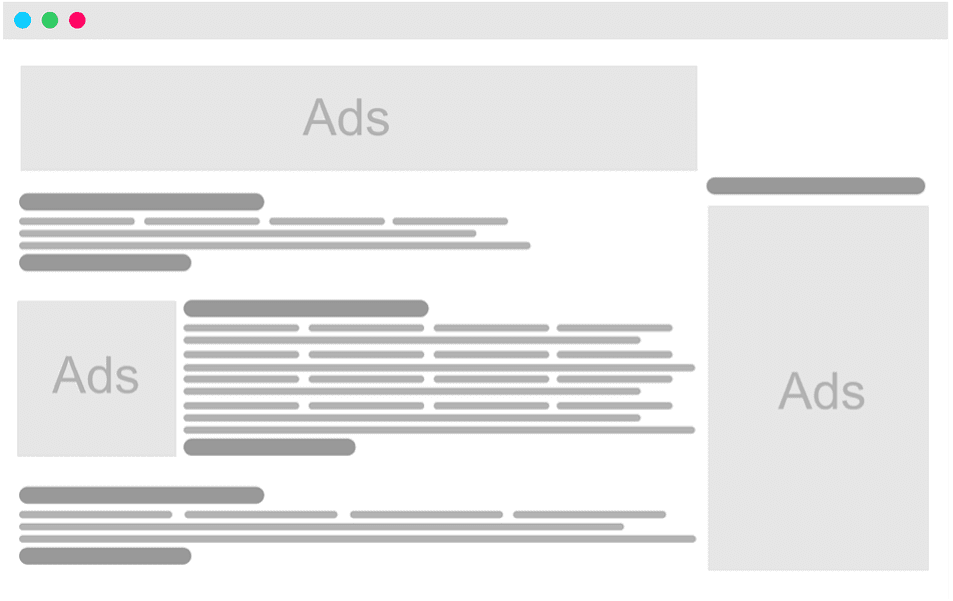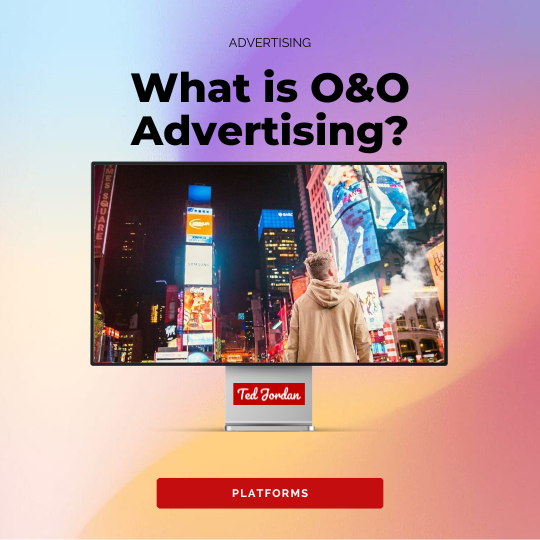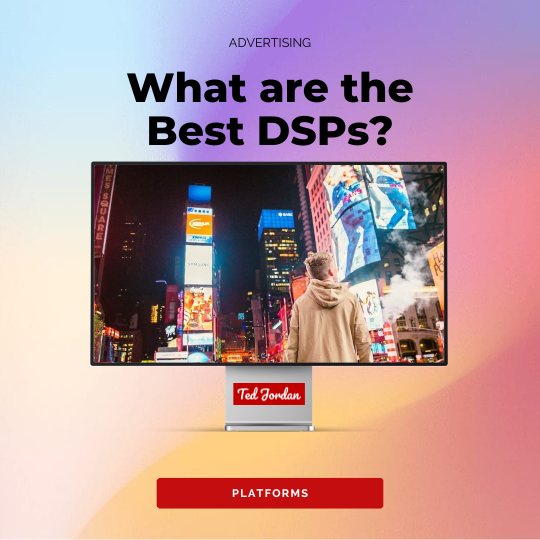What does SSP stand for in advertising?
SSP stands for Supply-Side Platform or Sell-Side Platform in marketing and advertising. The latter is less commonly used, but it’s good to know it. The term SSP is regularly associated with DSP, which stands for Demand-Side Platform.
In the programmatic advertising world, knowing what the differences between SSPs and DSPs is critical. That’s why we explained what Demand-Side Platforms are in another article.

What is an SSP?
A Supply-Side Platform (SSP) is an adtech platform enabling publishers and media owners to sell their ad spaces for the highest possible prices, in a facilitated way. The platform uses software allowing publishers ad inventory to be delivered across ad exchanges, all around the world. Publishers are then able to manage, sell and optimise their ad inventory more efficiently.
As a reminder, ad exchanges are digital marketplaces connecting sellers (publishers) and buyers (advertisers).

SSPs represent an important element in programmatic advertising and buying because they connect DSPs, ad exchanges, DMPs (Data-Management Platforms) and other ad networks.
It’s possible to use Supply-Side Platforms without a DSP but be aware that some SSPs are only accessible via specific DSPs and that using SSPs directly may be more expensive.
SSPs examples
New Supply-Side Platforms (SSPs) are flourishing every year so it might be difficult to choose which one to use. Here are some examples of SSPs available at the moment that you need to know about:
- Xandr
- Google Ad Manager (AdX)
- Sharethrough
- 33Across
- Magnite (Rubicon)
- AdSuite
- OpenX
- PubMatic
- SpotX (part of Magnite)
- TripleLift
- AdMob (Google)
Some Supply-Side Platforms are specialised in certain types of ads (such as video ads or audio ads) and they all have some pros and cons.
Supply-Side Platforms pros and cons
Supply-Side Platforms advantages
Real-Time Bidding (RTB
Demand meets supply easily with this dynamic bidding system.
Data analytics
SSPs gather analytic information so valuable insights are accessible in real time or in a short period of time. These insights may be about user behaviour, market trends, etc.
Reach
SSPs extend reach across multiple channels so the delivery of sellers ads is harmonised.
Flawless integration
Integrating an SSP is quite easy and quick.
Brand safety
Publishers can choose which advertisers can buy their inventory.
Floor price
Publishers can decide on soft or hard floor prices to avoid losing in revenue.
Supply-Side Platforms disadvantages
Floor price
Enabling floor price can drastically limit the ad space delivery, which can be a disadvantage for some publishers.
Header bidding
This advanced bidding technology brings more competition between buyers, which often increases the final price or/and CPM. The carbon footprint of this technology is disastrous because ad calls are sent to as many SSPs as possible at the same time; even to irrelevant ones.
Traffic volume
Some SSPs can’t handle huge traffic volume for ad inventory.
Reach and Accessibility
SSPs might be available only via a specific DSP or accessible from a certain threshold. Also, Supply-Side Platforms are often dedicated to specific formats such as CTV, DOOH, etc. To be able to deliver ad spaces at a larger scale, publishers use multiple SSPs. On average, US publishers use 6 SSPs per quarter.
Our thoughts on SSPs
SSPs (stand for Supply-Side Platforms) are great for publishers and ad space sellers but can become quickly limited in terms of accessibility and ROI (Return On Investment). Understanding the intricacies of these practical platforms is key to provide ad spaces to relevant advertisers efficiently.
Some features such as header bidding are controverted for their ecological and economic impacts. But Supply-Side Platforms are necessary for the diversified programmatic world. There is always at least one SSP suitable for the needs of a publisher.
Supply-Side Platform – FAQ
Our programmatic advertising students often ask us the same questions:
SSP stands for Supply-Side Platform.
Publishers and ad space sellers use SSPs.
Publishers use multiple SSPs to increase the reach and sales of their ad inventory. On average, US publishers use 6 Supply-Side Platforms.
Header bidding is a modern programmatic advertising technology that enables publishers to offer their ad inventory to multiple platforms simultaneously.
Yes, Amazon DSP gives publishers access to an SSP via Amazon Publisher Services (APS).
Yes! Google Ad Exchange connects publishers to multiple demand sources (DSPs, advertisers, agencies).
No credit card needed.




